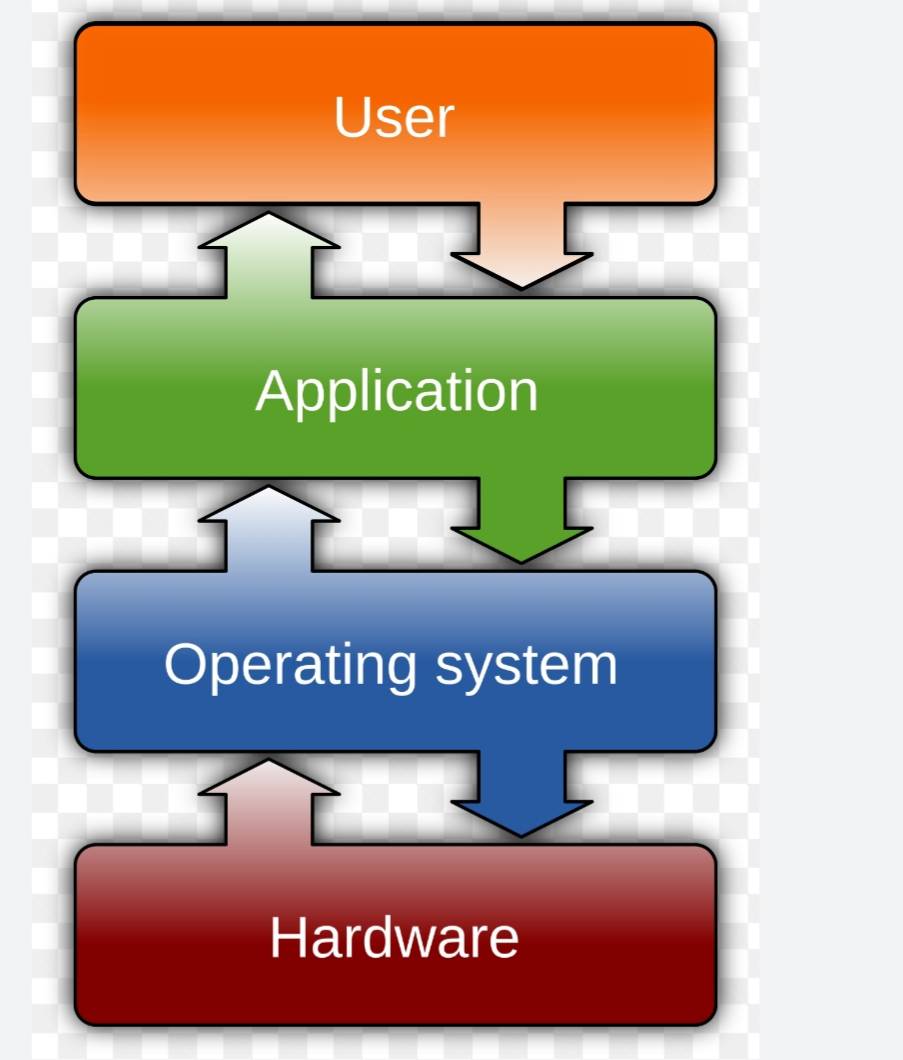Title: The Crucial Role of Software and Operating Systems in Modern Computing
Introduction
As digital technology continues to evolve, the significance of software—particularly operating systems—has become more apparent than ever. While hardware forms the physical foundation of electronic systems, it is software that brings these devices to life. The operating system (OS) acts as a bridge between user applications and the hardware, managing resources, controlling hardware functions, and providing a user interface.
In this article, we’ll explore the technical foundations of software systems, the architecture and functionality of operating systems, and their critical role in both general-purpose computing and specialized embedded electronics.
Understanding Software in Computing
Software refers to the set of instructions, or code, that directs a computer’s hardware to perform specific tasks. Broadly, software is categorized into:
-
System Software: Includes operating systems, device drivers, and utilities that manage system resources.
-
Application Software: End-user programs like word processors, web browsers, and video games.
-
Middleware: Software that connects different applications or services, often used in distributed systems.
All software is ultimately executed by the CPU, but it must be translated (via compilers or interpreters) into machine language, which the processor understands.
The Architecture of Operating Systems
An Operating System (OS) is the most critical system software. Its primary roles include:
-
Process Management: Handling the creation, scheduling, and termination of processes. Modern OSes use scheduling algorithms like Round Robin, Priority Scheduling, or Multi-level Queue Scheduling to manage multitasking environments.
-
Memory Management: Allocating memory to different processes and ensuring efficient use of RAM. OSes implement memory paging, segmentation, and virtual memory techniques to optimize performance.
-
File System Management: Managing data storage, retrieval, and organization on physical storage devices. Common file systems include NTFS, ext4, APFS, and FAT32.
-
Device Management: Interfacing with hardware components through device drivers, which act as translators between the OS and hardware.
-
User Interface: Providing either a graphical user interface (GUI) or command-line interface (CLI) for user interaction.
Popular Operating Systems and Their Characteristics
-
Windows:
-
Widely used in consumer and enterprise desktops.
-
Known for its GUI and broad hardware compatibility.
-
Uses the NT kernel and supports a wide range of file systems and APIs.
-
-
Linux:
-
Open-source and highly modular, making it suitable for both servers and embedded systems.
-
Distributions like Ubuntu, Debian, and Fedora cater to different user needs.
-
Supports monolithic kernel architecture and strong community-driven development.
-
-
macOS:
-
Based on the Unix-like Darwin core with a custom GUI layer.
-
Prioritizes user experience and system integration across Apple devices.
-
-
Embedded Operating Systems:
-
Examples include RTOS (Real-Time Operating Systems) like FreeRTOS, VxWorks, and Zephyr.
-
Designed for deterministic performance in systems like medical devices, automotive ECUs, and IoT gadgets.
-
Operating Systems in Embedded Electronics
In the domain of electronics, particularly in embedded systems, the OS often takes a specialized form. Embedded operating systems are optimized for performance, minimal memory footprint, and real-time processing.
-
Real-Time Operating Systems (RTOS) offer predictable behavior and are used in mission-critical applications like aviation, industrial automation, and robotics.
-
These systems must meet strict timing constraints, often using preemptive multitasking and priority-based scheduling to guarantee execution within deadlines.
Software Development and OS Interaction
Software developers interact with operating systems through system calls—functions provided by the OS kernel to allow controlled access to hardware and system resources. Examples include:
-
fork()andexec()in UNIX for process creation. -
malloc()andfree()for memory allocation. -
open(),read(), andwrite()for file handling.
Operating systems also offer APIs and software development kits (SDKs) to streamline application development. For instance, Windows provides the Win32 API, while Android developers use the Android SDK based on the Linux kernel.
Security and Virtualization
Modern operating systems must address complex security concerns:
-
User authentication and permissions.
-
Process isolation and sandboxing to prevent malicious behavior.
-
Encryption and secure boot processes.
Additionally, OS-level virtualization (e.g., using hypervisors like VMware, Hyper-V, or KVM) allows multiple operating systems to run concurrently on a single physical machine. This is key in cloud computing, testing, and development environments.
Conclusion
Software and operating systems are the lifeblood of modern computing, enabling machines to perform meaningful tasks, manage complex hardware, and deliver seamless user experiences. As technologies like artificial intelligence, IoT, and quantum computing emerge, the demand for robust, flexible, and secure OS architectures will continue to grow. Understanding the underlying principles of software and operating systems is essential not only for developers and engineers but also for anyone engaging


